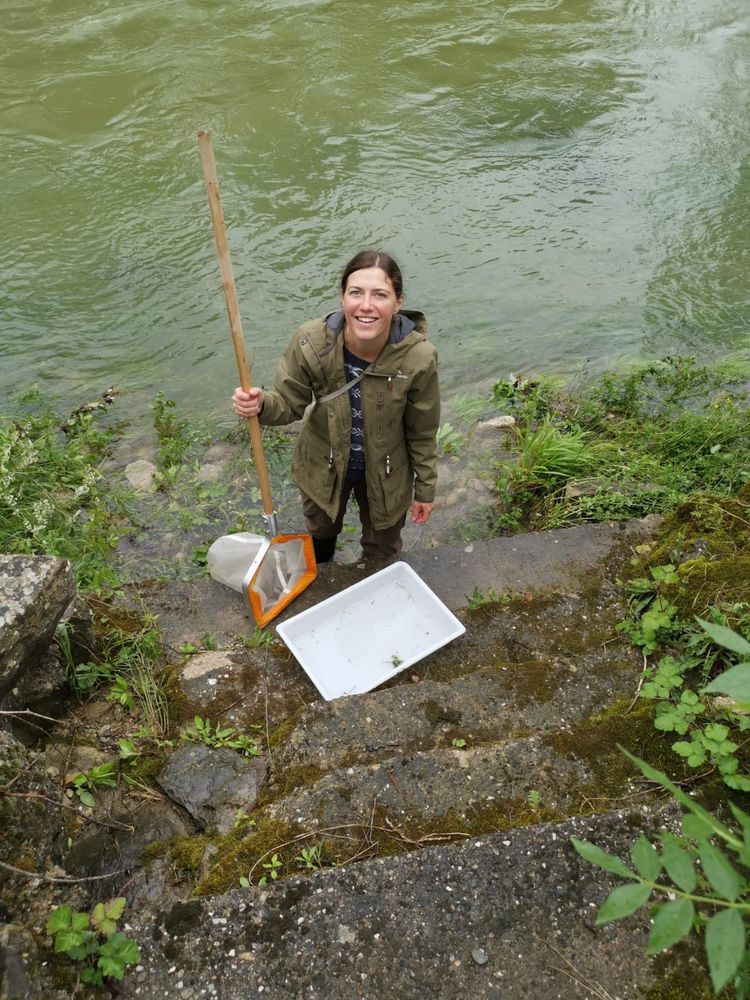Sophie Mowles
@sophiemowles.bsky.social
80 followers
130 following
38 posts
Co-director of Merops – organising field courses for universities in the south of France.
Field Ecology🌳 Behavioual Ecology 🦗 Animal acoustics 🦇
Photography 📷 Environmentally conscious 💚 Vegan (sometimes difficult in rural France) 🏳️🌈 🏳️⚧️
Posts
Media
Videos
Starter Packs
Pinned
Reposted by Sophie Mowles
Reposted by Sophie Mowles
Reposted by Sophie Mowles
Reposted by Sophie Mowles
Reposted by Sophie Mowles
Reposted by Sophie Mowles
Reposted by Sophie Mowles
Reposted by Sophie Mowles
Reposted by Sophie Mowles
Reposted by Sophie Mowles
DrZP
@zarahpattison.bsky.social
· Sep 4

Improving university policies and risk assessment to support inclusive fieldwork in environmental sciences
Among 90 UK higher education institutions, there was patchy mention of protected and other identity-related characteristics in fieldwork policy and risk assessments, and very limited consideration of....
besjournals.onlinelibrary.wiley.com
Sophie Mowles
@sophiemowles.bsky.social
· Aug 26
Reposted by Sophie Mowles
Sophie Mowles
@sophiemowles.bsky.social
· Jul 31
Reposted by Sophie Mowles
Reposted by Sophie Mowles
Reposted by Sophie Mowles
Reposted by Sophie Mowles
Reposted by Sophie Mowles
Reposted by Sophie Mowles


































































